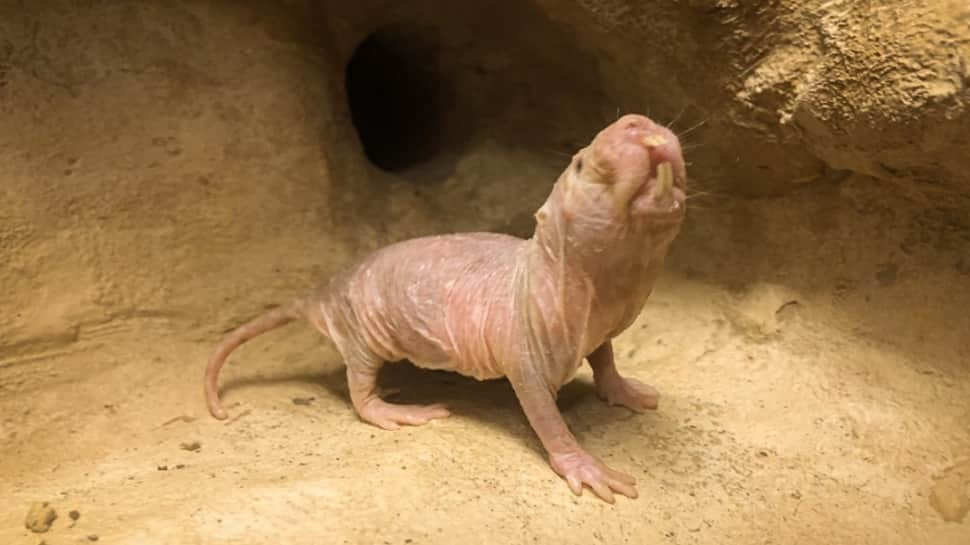The Rodent That Refuses to Age: For centuries, humans have sought ways to delay the inevitable — ageing. From elixirs and herbs to cutting-edge science, the quest for longevity has always captivated us. But while humans struggle against time, a small, hairless rodent native to East Africa seems to have already cracked the code.
The naked mole-rat can live up to 40 years, an astonishing lifespan for a rodent. Even more incredible, it shows almost no signs of ageing: no wrinkled skin, no arthritis, no memory loss, and an uncanny resistance to cancer.
A Revolutionary DNA Repair Secret
A new study from Tongji University in Shanghai, published in Science, has revealed what makes these creatures so unique. It all comes down to a single protein, cGAS, a molecule involved in detecting DNA damage.
In humans and most mammals, this protein can ironically interfere with DNA repair, sometimes leading to mutations and cancer. But in naked mole-rats, researchers discovered a modified version of cGAS that actually enhances DNA repair instead of blocking it.
Four Tiny Changes With Massive Impact
The secret lies in just four amino acid changes in the mole-rat’s cGAS protein. These small tweaks flip the protein’s function entirely, turning it from a potential saboteur into a powerful protector of the genome.
This adaptation allows naked mole-rat cells to fix DNA damage more efficiently, reducing cellular wear and tear — the root cause of ageing.
Proof in the Lab: Slower Ageing in Other Animals
To test their theory, scientists inserted the mole-rat’s cGAS protein into fruit flies and mice. The result? These genetically modified animals aged more slowly, lived longer, and showed better cellular health than their unmodified counterparts.
This experiment suggests that the mole-rat’s genetic code could serve as a blueprint for anti-ageing therapies in humans, ones that work at the molecular level rather than just on the surface.
A Natural Rewiring of Ageing
According to Professor Gabriel Balmus from the University of Cambridge, the naked mole-rat’s cGAS is structurally similar to ours but with “flipped connectors” that change how it behaves. Over millions of years, this subtle evolutionary rewiring may have helped the mole-rat slow its ageing process naturally — a biological advantage scientists now hope to replicate.
The Future of Longevity Science
The findings offer a glimpse into a future where ageing could be delayed, not just treated. By mimicking the mole-rat’s DNA repair mechanisms, researchers could develop new therapies for age-related diseases such as Alzheimer’s, cancer, and arthritis.
As Prof. Balmus puts it, “The goal isn’t immortality, but better healthspan — the years we live in good health.” With the global population ageing rapidly, such breakthroughs could redefine what it means to grow old.
The naked mole-rat’s supercharged DNA repair system might hold the key to longer, healthier human lives. This discovery doesn’t just offer hope — it marks the beginning of a new era in genetic anti-ageing research, where science and evolution join hands to defy time itself.

